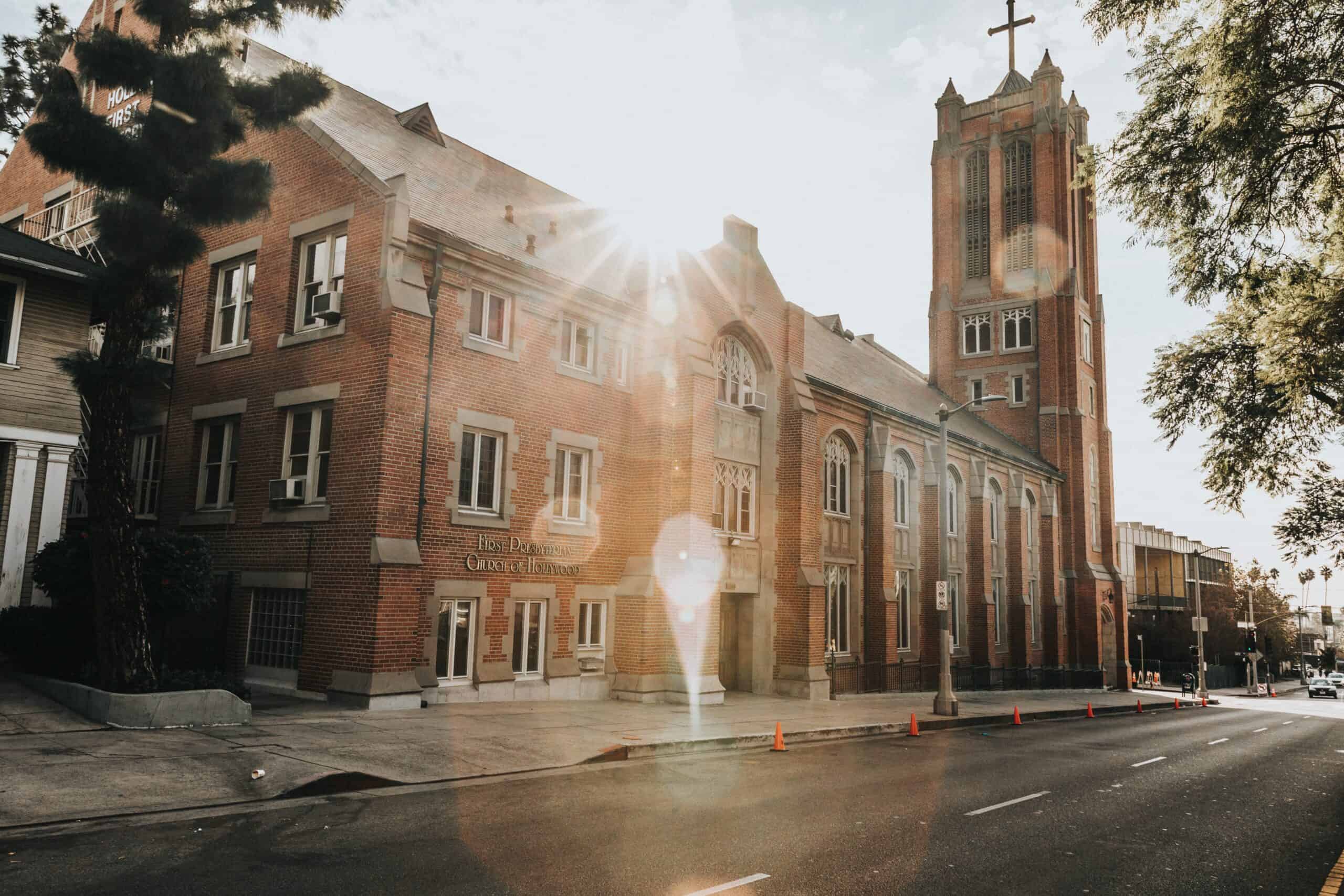Do We Need More Church Buildings?
 “We shape our buildings and afterwards our buildings shape us,” remarked Winston Churchill. The outspoken Prime Minister of England said this while casting his vision for how the English Parliament Commons Chambers were to be re-built after their destruction during World War II. Churchill knew the way a building’s architecture can affect its occupants. The design of a building is even known to influence people’s health, productivity, and disposition. The buildings where churches gather for worship, fellowship and equipping are no exception. The spaces we occupy as churches have a way of shaping our ministry. That’s why we need to make sure the buildings and spaces we utilize for church activities fit the vision God has given us.
“We shape our buildings and afterwards our buildings shape us,” remarked Winston Churchill. The outspoken Prime Minister of England said this while casting his vision for how the English Parliament Commons Chambers were to be re-built after their destruction during World War II. Churchill knew the way a building’s architecture can affect its occupants. The design of a building is even known to influence people’s health, productivity, and disposition. The buildings where churches gather for worship, fellowship and equipping are no exception. The spaces we occupy as churches have a way of shaping our ministry. That’s why we need to make sure the buildings and spaces we utilize for church activities fit the vision God has given us.
Too often we work with church planters who feel the pressure to get their own church space. For some, having their own building provides a sense of legitimacy to their ministry in the eyes of their community. For others it is the weekly grind of portable church set up and tear down that causes them to salivate over the idea of occupying their own facility. That’s when we remind them how the early church pursued its mission for 300 years without their own buildings, allowing them to focus on making disciples instead of maintaining buildings.
Owning a building as a church has advantages no doubt, but it also comes comes with disadvantages. That’s why you have to be cognizant of how the spaces and buildings we occupy shape the ministries we lead. Church buildings can help you reach your community when utilized wisely, but they can also isolate you from your community and hinder your connection to it when used poorly. Just think for a second how much more visible your church would be if instead of meeting for worship and Bible studies in a traditional church building and homes, you instead gathered for these in public spaces like a busy subway station and at coffee shops?
Throughout history and all over the world today, we’re seeing the church multiply in places where churches don’t own their own buildings. Places like Asia, the Middle East and Africa. For far too long the Western church has been associated with a building instead of as a group of people living on mission for Jesus. Can we be the leaders who change that? I think so. That’s why we’ve filled this newsletter with resources to help you think creatively and strategically about how your church relates to real estate. Enjoy!
-Patrick Bradley, Director of Operations
October 2022 – Contents
- Reimagining Church Real Estate
- Facility Tour Checklist
- Why You Don’t Need A Building
- In The Middle of The Marketplace
Reimagining Church Real Estate

Many churches start gathering in homes following the example of the church in Acts. Talk to any church planter or read church planting books and most tell stories of how their church started with a handful of people meeting in someone’s living room. Eventually though, most of those church planters felt the need to move their church gatherings to bigger, more public spaces to help them reach more people. That’s been the common paradigm in the United States over the last several decades. But will that continue to be the case, or should it be the case for the churches we’re planting in the future? Could some church planters be challenged and equipped to start house church movements? What about online churches? They don’t need a building. Is one solution to buy property and lease space to businesses during the week? Yes, yes and yes.
It’s time to accelerate our creative thinking about how we’re planting churches and where those churches congregate. Building massive church buildings drains the Kingdom of the capital that could be put to multiplicative use. Now is the time to reimagine how we can utilize real estate to make new disciples and plant new churches. To expand our vision on this topic, read Reimagining The Future of Church Real Estate by Nick Bonner.
Facility Tour Checklist

While church planters often dream of the day when their church owns their own building, “home ownership” comes with a price tag. Not only are there the financial costs associated with owning and maintaining a building, there’s also the missed opportunity costs. For instance, when a church meets in a school, it has built-in outreach opportunities with that school. Also, meeting in a familiar, public space like a movie theater or school can be less intimidating for people who haven’t attended a church service in a long time. Or ever.
If you’re considering where to gather as a church, weigh the pros and cons of each potential space. Put yourself in the shoes of the people you’re trying to reach. Ask how meeting in those spaces will affect your ability to connect with them and whether the facility aligns with your church’s vision. Use our Facility Tour Checklist to help you evaluate each space. Throughout the process, pray for God to lead you to the right space and grant you favor with the people managing the facility.
Why You Don’t Need A Building

In Acts 19:9-10 we’re told that Paul spent two years ministering in Ephesus. Staying in one city for multiple years was rare for Paul. Why did Paul stay there for so long? It’s probably because of the fruit he saw God producing through his ministry there. Acts 19:10 tells us that every person in Asia heard the word of the Lord as the result of Paul’s ministry in Ephesus.
To read how the gospel spreads when the church leaves the building, along with a simple way to do so, continue reading.
In The Middle of The Marketplace

In the early years of the church, Christians were oftentimes considered atheists by their neighbors. That’s because Christians didn’t worship the Greek or Roman gods, nor did they travel to temples to worship their deity. Instead, Christians said they were the temple where God dwelled (1 Cor. 3:16; 6:19). Christians in the first century knew without a doubt that the church wasn’t a building, but a group of people on mission together.
For more on how churches are finding creative ways to leverage their buildings for the sake of the Kingdom, continue reading.
